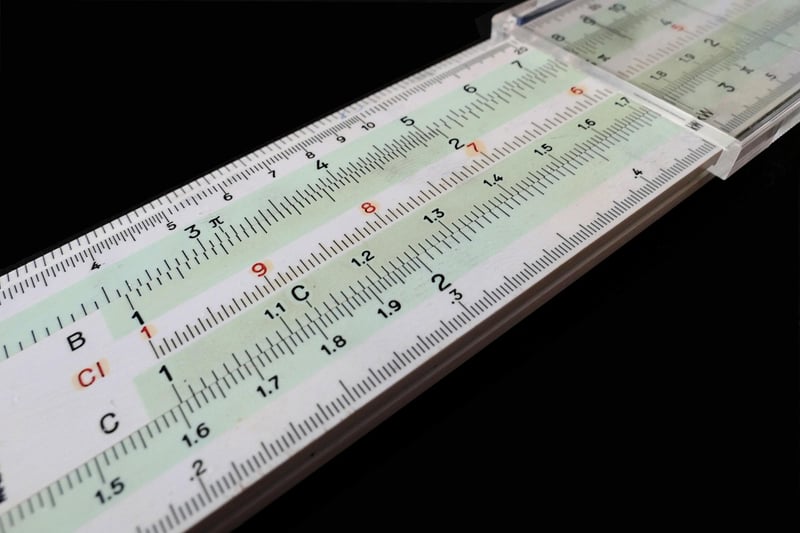Performance Metrics
Tracking Progress and Setting Objectives: Performance Metrics
Setting clear objectives and tracking progress is essential for achieving success in any endeavor. Whether you are working on personal goals, managing a team, or running a business, having performance metrics in place can help you stay focused, measure success, and make informed decisions. In this article, we will explore the importance of tracking progress, setting objectives, and using performance metrics to drive success.
The Importance of Setting Objectives
Setting objectives provides a clear direction and purpose for your efforts. Objectives help you define what you want to achieve, create a roadmap to reach your goals, and motivate you to stay on track. Whether your objectives are short-term or long-term, they serve as a guiding light to measure progress and success.
Benefits of Tracking Progress
Tracking progress allows you to see how far you have come and how far you still need to go to reach your objectives. It helps you identify what is working well and what needs improvement. By monitoring your progress regularly, you can make adjustments, set priorities, and celebrate milestones along the way.
Using Performance Metrics
Performance metrics are quantifiable measures that help you assess your progress towards your objectives. By defining specific metrics related to your goals, you can objectively evaluate performance, identify areas for improvement, and make data-driven decisions. Common performance metrics include key performance indicators (KPIs), customer satisfaction scores, sales targets, and productivity metrics.
Key Steps to Track Progress and Set Objectives
- Define clear and specific objectives that are achievable and measurable.
- Identify relevant performance metrics that align with your objectives.
- Set concrete targets and milestones to track progress over time.
- Regularly monitor and analyze performance data to evaluate success.
- Adjust strategies, tactics, and resources based on performance insights.
- Celebrate achievements and learn from setbacks to continuously improve.
Conclusion
Tracking progress, setting objectives, and using performance metrics are essential components of success in any endeavor. By establishing clear goals, monitoring progress, and leveraging data-driven insights, you can optimize your performance, achieve your objectives, and drive continuous improvement. Remember, what gets measured gets managed, so choose your metrics wisely and stay focused on your path to success.

For more information on setting objectives and tracking progress, check out our free resources.
